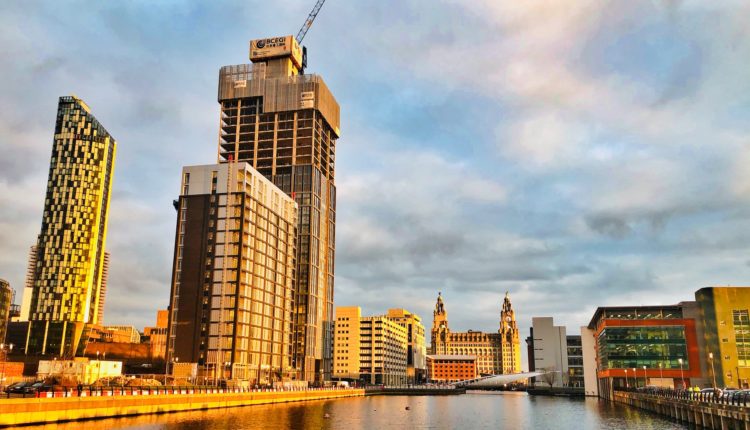
New research from property consultancy CBRE reveals there could be 50,000 private rented sector homes in Liverpool by the end of the decade. Tony McDonough reports

Liverpool has been identified as a growth hotspot for private rented homes over the next 10 years as demand is driven upwards by so-called ‘generation rent’.
New research from global property consultancy CBRE reveals there could be 50,000 private rented sector (PRS) homes in Liverpool by the end of the decade. PRS refers to residential developments funded by institutional investors.
Younger people who may have traditionally looked to buy a home have founded themselves increasingly priced out of the market by rising prices and mor stringent conditions for mortgages. This has led to the emergence of ‘generation rent’ who demand higher standards from residential landlords.
This, in turn, has led to a boom in PRS-funded build-to-rent (BTR) schemes, new apartment blocks built for renters only. CBRE has tracked more £10bn in investment into the BTR sector over the past five years.
Signs of this boom can be seen on Liverpool’s waterfront where two Liverpool Waters developments – the £82m Lexington skyscraper and the £21m Plaza 1821 – will offer more than 400 apartments for rent only. Both schemes are close to completion.
This rise of BTR was highlighted last year by Liverpool property expert, Alan Bevan of City Residential, who said: “With BTR delivering new, well managed, highly amenitised schemes it is not surprising that the sector appears to have the political support it has and appears to be performing well in many of the early schemes built so far.”
CBRE’s research has placed Liverpool in the top 20 towns and cities in the UK for BTR growth potential. The percentage of households in privately rented accommodation in the UK has increased from 13% to 20% over the past decade according to the Office for National Statistics. More accommodation is needed to meet the demand for homes to rent.
Scott Cabot, associate director, research at CBRE, said: “We excluded London from this analysis as we know there is already a substantial private rented sector and strong demand in the city, combined with a strong multifamily development pipeline.
“Instead, we focused on markets across the wider UK, looking at metrics for current demand, along with forecasts. This enabled us to identify the locations with the highest future demand, which could also attract significant multifamily investment.
“What is clear from our results is that there is a good geographical spread of potential future multifamily hotspots. We also identified cities with large student populations. People may decide to live in these cities after completing their studies, perhaps working in the growing tech and creative sectors, and will need a home to rent. The report identifies Liverpool as having “robust employment and economic growth forecasts”.
